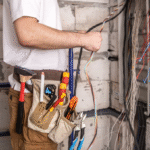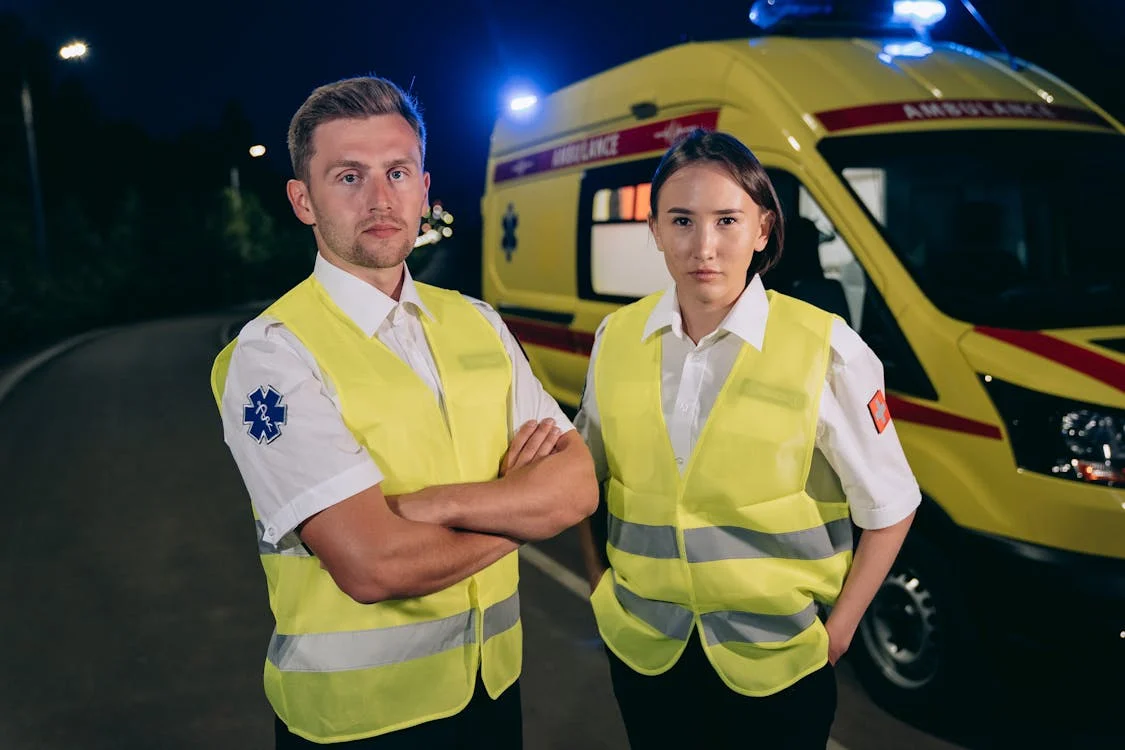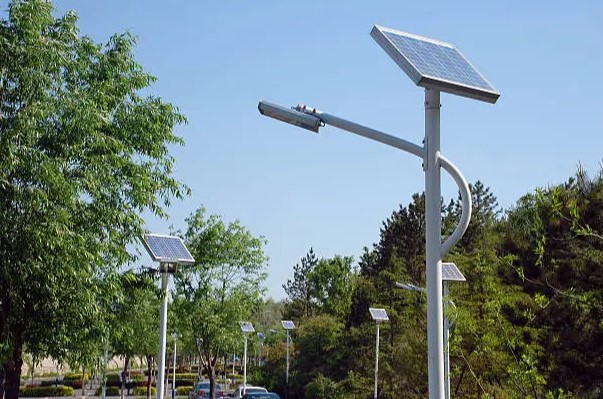Smart devices are rapidly changing how we respond when emergencies strike. From wearable health trackers to intelligent navigation systems, today’s technology steps in when human reactions fall short. Many tools now work automatically, sending live data and exact locations to emergency teams.
But how accurate are these systems under real pressure? Can they respond quickly enough to save lives? Are they reliable when someone is unconscious or unable to call for help?
These questions matter as more people rely on tech for safety. The stakes are high, and the answers aren’t always simple. This article will explore how smart tools are reshaping emergency response and what that means for everyday users.
Real-Time Alerts and Automatic Calls
Smartphones and wearables now feature sensors that detect sudden stops or impacts. When triggered, they automatically alert emergency contacts or local first responders within seconds. This function is especially useful if the person becomes unconscious or immobilized.
HuffPost notes that Apple’s Crash Detection tool is one well-known feature that can perform this lifesaving task. If there is no response, the device initiates a call to emergency services. Quick alerts can prevent minor injuries from becoming life-threatening situations over time.
These features protect solo drivers, the elderly, and outdoor enthusiasts who face risks alone. Real-time alerts ensure rapid action when a person can’t call for help. That added layer of security brings peace of mind to many families.
Wearables That Monitor Vital Signs
Today’s fitness trackers do much more than count steps or help burn calories. Modern wearables track heart rate, oxygen saturation, and even signs of elevated stress. They provide alerts when unusual readings are detected throughout the day or night.
Precedence Research states that the global fitness tracker market is expected to reach $78.78 billion by 2025. By 2034, that number could exceed $362.96 billion, growing at an annual growth rate of 18.50%. North America’s market hit $29.25 billion in 2024, with strong momentum expected through 2034. This rapid expansion shows how deeply fitness tech is becoming part of everyday life.
Some fitness trackers can even recognize signs of arrhythmia or a possible heart attack in progress. Doctors are beginning to use this data to assess emergency cases remotely. Emergency responders can prepare better when they access patient data en route.
Continuous monitoring can catch health problems before they become critical or fatal. This has proven especially helpful for stroke, seizure, and heart patients living alone. Wearables offer both early detection and faster treatment in time-sensitive emergencies.
Navigation Tools That Guide Emergency Teams
Navigation tools have become essential for helping emergency responders save precious time. Real-time traffic data now allows vehicles to avoid blocked or congested roads. In many areas, responders now receive exact GPS coordinates from smartphones in distress. Certain cities with frequent accidents can benefit more from smart-routing systems like these.
For example, Men’s Journal reports that St. Louis is among the top ten worst cities for car accidents across the nation. High accident rates make precise navigation even more critical for cutting response time. It’s worth noting that these frequent collisions often lead to complex legal situations where expert guidance becomes essential for victims.
For victims in situations like this, consulting a St. Louis car accident attorney can be a crucial step toward recovery.
According to TorHoerman Law, it’s worth approaching local attorneys since they understand regional traffic patterns, court systems, and state-specific laws. This insight can make a big difference when building a strong case. Additionally, local lawyers are easier to reach for updates and in-person meetings.
They are often familiar with the latest technologies used in emergency response and investigations. This knowledge helps them effectively incorporate digital evidence, such as GPS data, into legal strategies.
Drone Technology Enhancing Emergency Response
Drones are increasingly used to assist emergency responders in difficult-to-reach areas. They provide real-time aerial views of disaster scenes or accident sites quickly. This helps teams assess damage and plan rescue operations more effectively and safely. Drones can deliver medical supplies or equipment to isolated victims faster than ground vehicles.
A 2023 Swedish study published in The Lancet tracked 58 drone deployments for cardiac arrest. In an area serving 200,000 people, drones arrived before ambulances two-thirds of the time. On average, drones beat ambulances by three minutes and 14 seconds per call. That time gap could mean everything in life-or-death emergencies.
In wildfire situations, drones monitor fire spread and help coordinate firefighting efforts. Their cameras offer crucial visibility during night or low-visibility conditions.
Using drones reduces risks to human responders in hazardous environments. Many emergency agencies now include drone units as part of their standard response toolkit. This technology enhances situational awareness and speeds up critical decisions in emergencies.
FAQs
How do smart devices handle multilingual emergencies?
Some smart systems support multiple languages for both alerts and emergency instructions. This feature ensures accurate communication for non-native speakers during high-stress situations. Language support can significantly reduce misunderstandings and improve outcomes during international travel or diverse community responses.
How is wearable data shared with hospitals?
Wearables sync with health apps that include secure portals for medical access. Patients can permit providers to view health trends, vitals, and alerts. This improves decision-making during emergencies, pre-visit screenings, or chronic care planning by providing timely, data-driven insights.
How do emergency response navigation systems function in low-signal areas?
Emergency navigation systems use locally cached maps and onboard GPS to guide teams offline. When signals drop, these systems rely on last-known location data to continue routing. Designed for rural and rugged zones, they undergo testing to ensure accuracy during mission-critical scenarios.
Smart devices are reshaping emergency response through faster, more informed, and proactive interventions. Tools like crash detection, health-monitoring wearables, and drones reduce time gaps during emergencies. These technologies offer real-time insights that help responders act quickly and allocate resources effectively.
As more systems connect and sync, emergency teams gain stronger awareness and faster coordination. Data sharing between devices and teams improves accuracy and shortens critical response windows. This shift supports a future where technology plays a central role in life-saving decisions.



